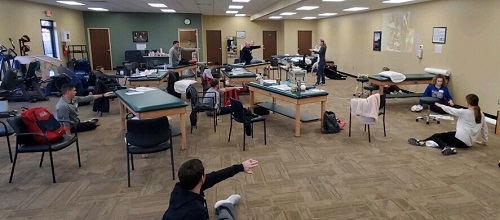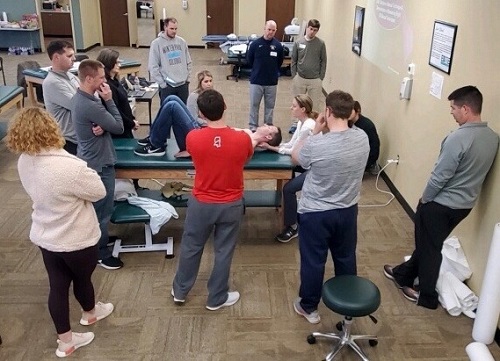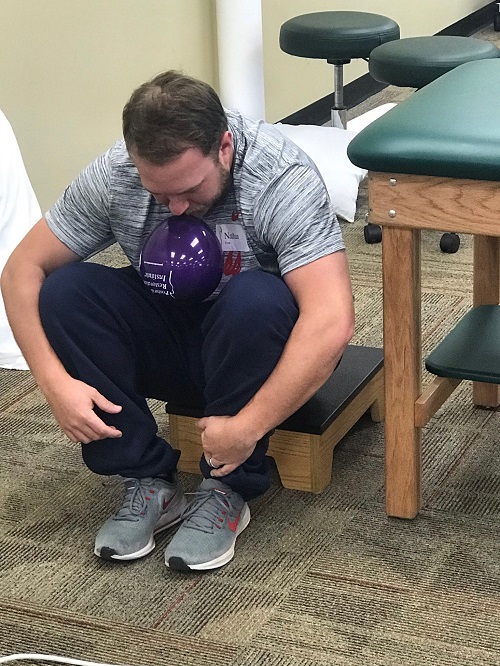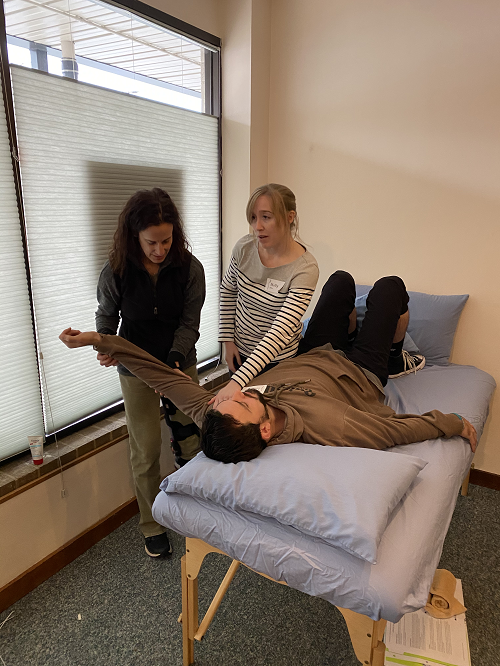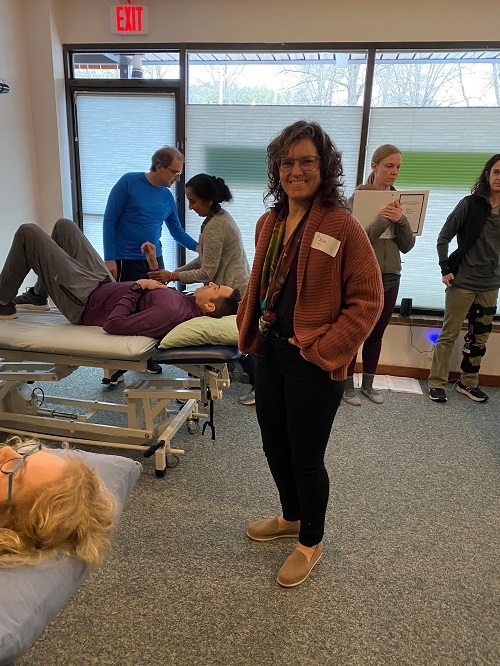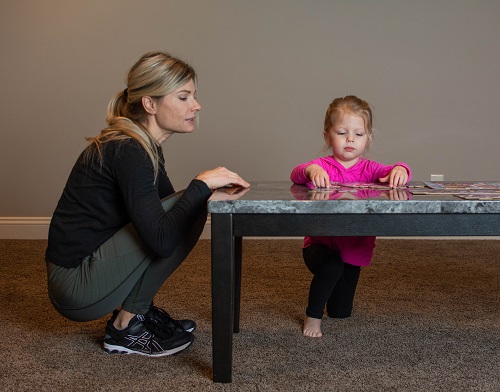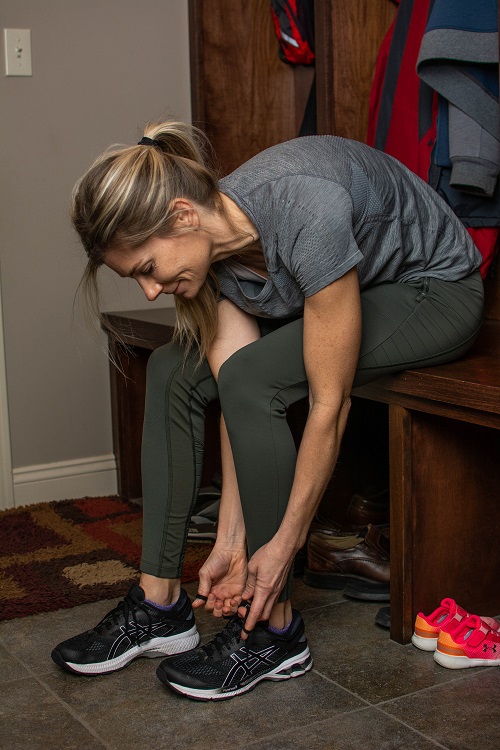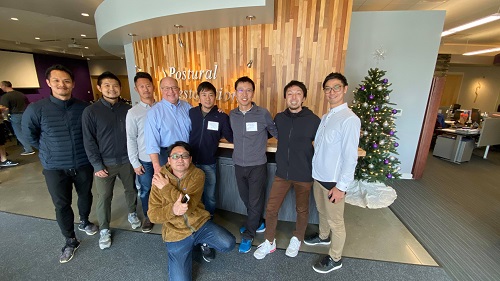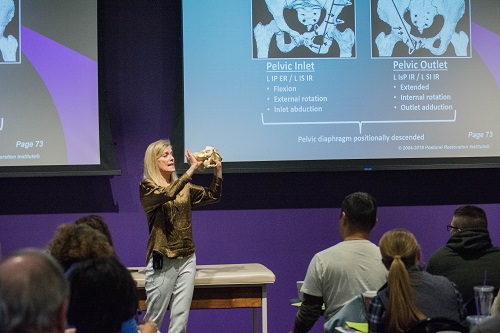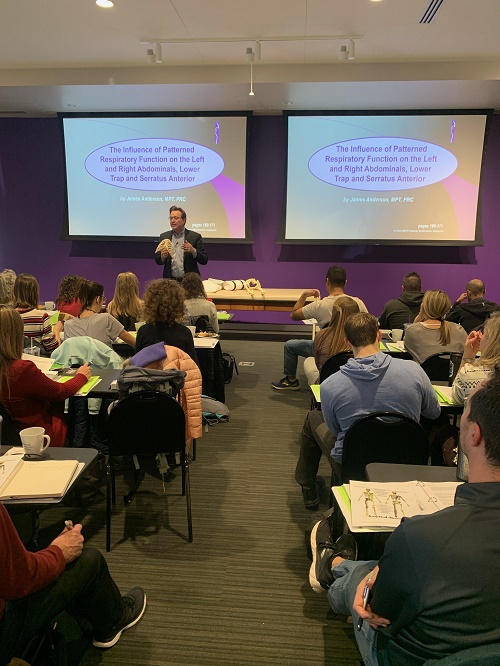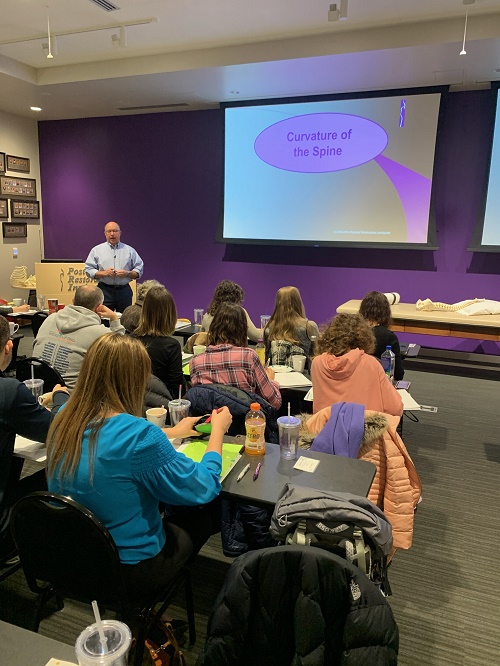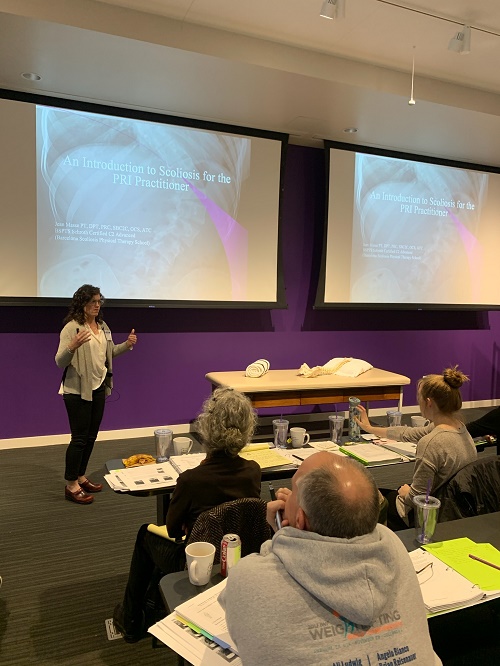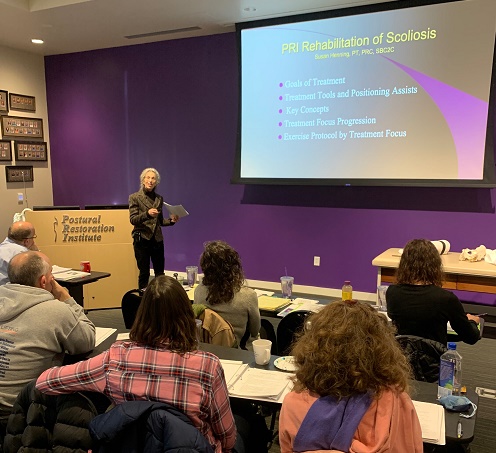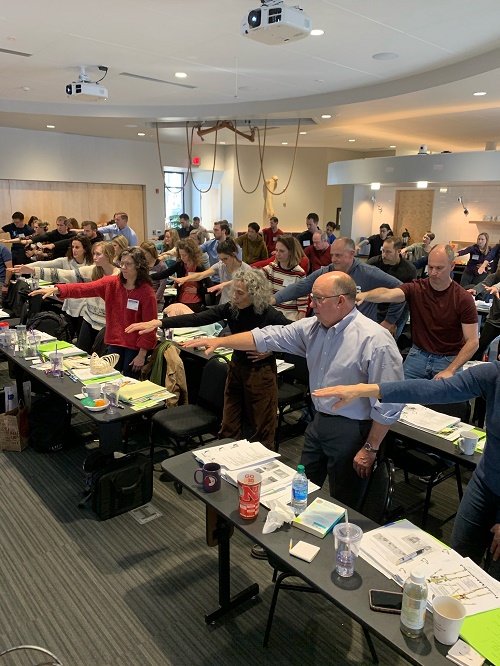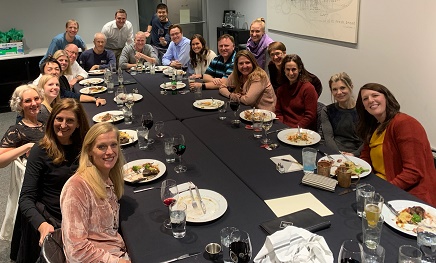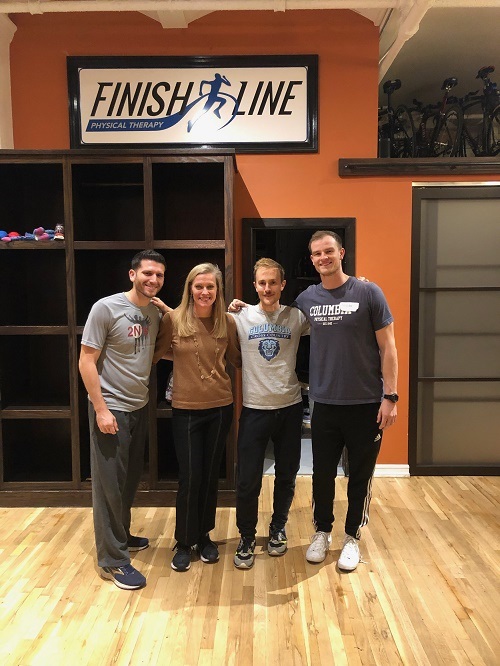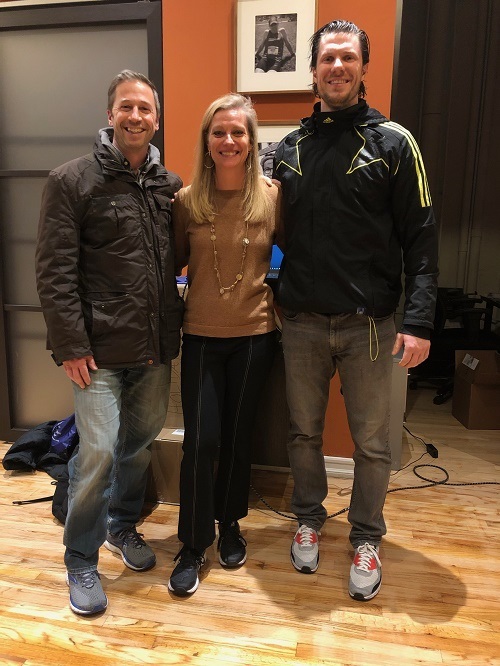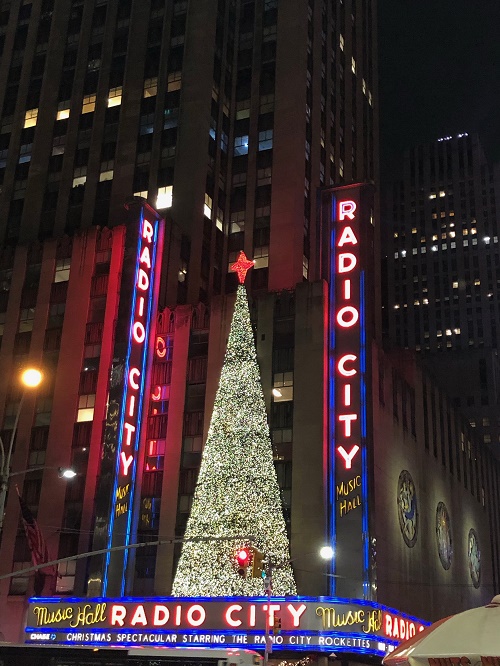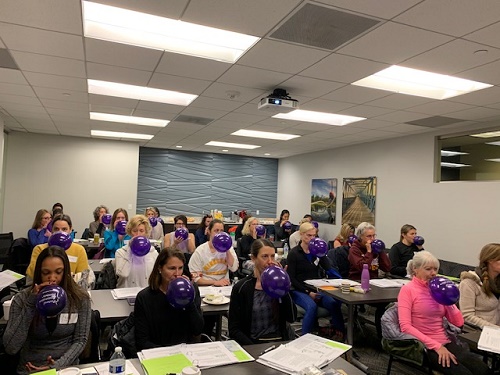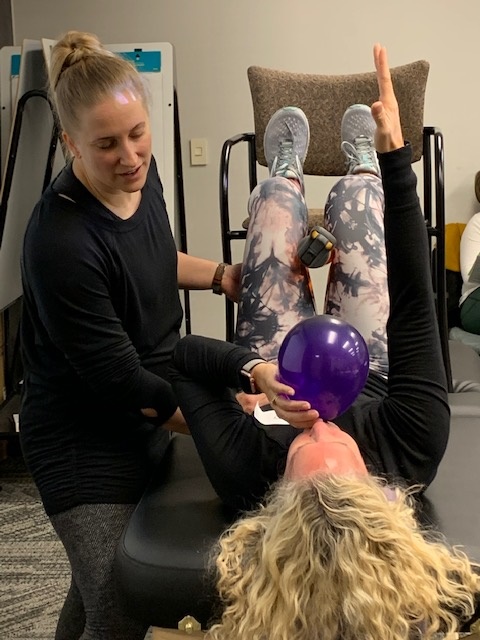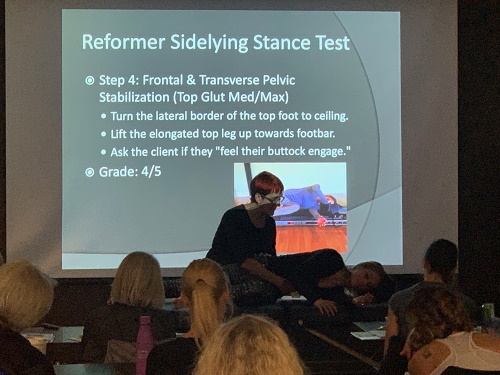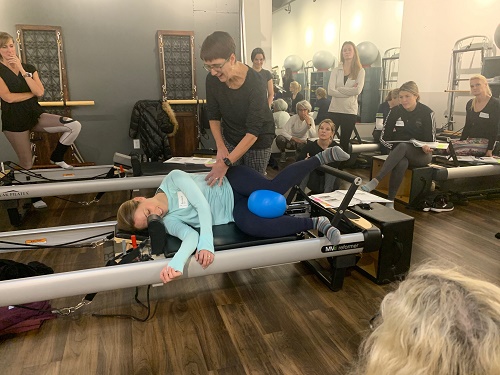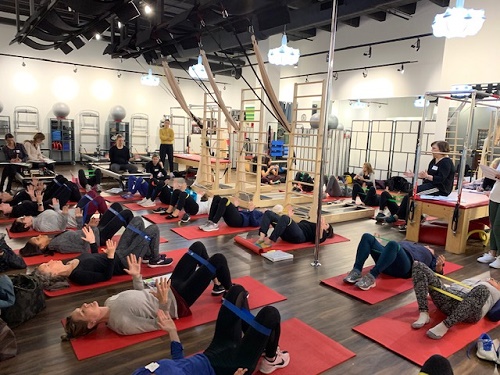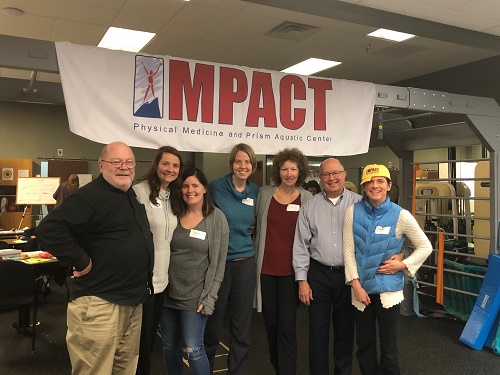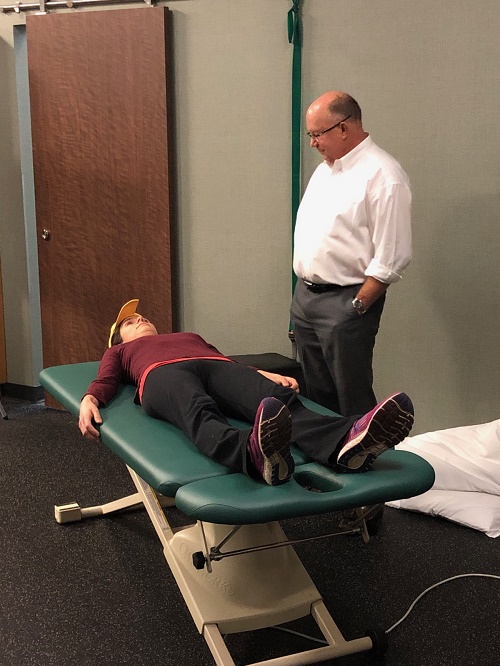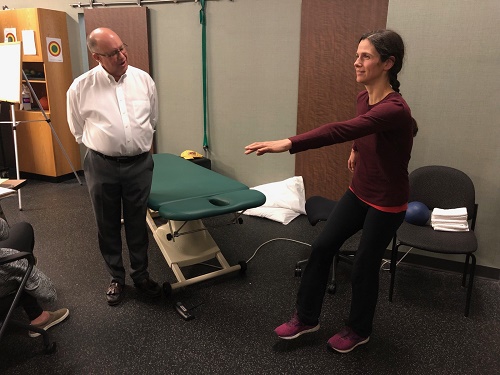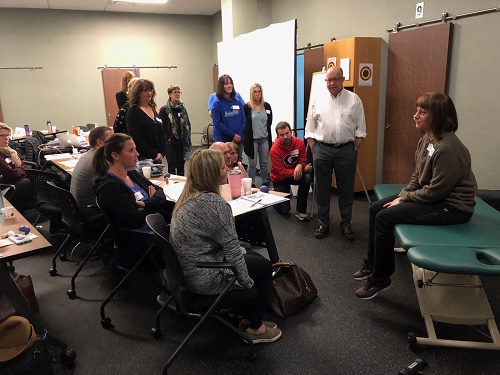“This course was mind blowing!”
“This was my third of the basic PRI courses. This really helped to bring all the information together.”
“Before working on shoulders, I now know I need to retrain the diaphragm and restore rib position.”
Attendees came from far and wide to the most recent Postural Respiration course, held at Body Dynamics in Falls Church, VA. Nicholas Clark, PhD, PT, hails from London, where he recently stumbled across the science of PRI on YouTube. “After trying a couple of the PRI exercises, my arm numbness, that I had been dealing with for many months, resolved.” That experience convinced him he needed to learn more.
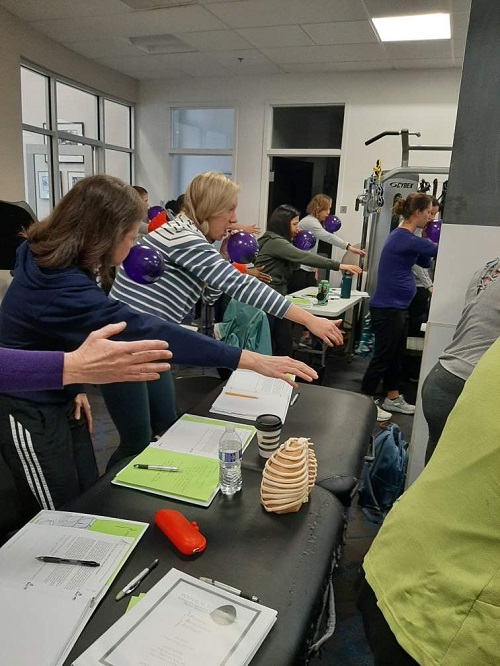
Half of the attendees were brand new to PRI, their eyes opened to a new and different perspective on human movement and behavior. The clinicians at Body Dynamics (Lisa Clarkson, PT; Jennifer Gamboa, PT; Deborah Gilpin, PT, ATC; Gwynn Hegyi, LMT; Kathryn Sparks, LMT; Ashley Templer, PT; and Jorge Villalobos, PT) hosted Myokinematics a year ago, and they were ready to deepen their PRI knowledge. Many Myokinematics concepts were presented and reviewed, most importantly the left anterior interior chain of muscles’ influence on pelvic-femoral dynamics and a person’s ability to shift their center of mass fully and effectively to the left. Once the body’s foundation was established, we moved up to the thorax and assessed its ability to function in three dimensions.
Discussion began with our body’s normal, typical asymmetries which create lateralization to the right. Countering this lateralized state begins with establishing a zone of apposition of the left hemi-diaphragm, which allows us to deflate a left chest wall, giving us a sense of weight on the left, and inflate a right chest wall to enable rotation of the thorax. When people engage in occupations and sports that require repetitive movements (think lawyers, dentists, musicians, runners, and baseball players — the list goes on), the ZOA becomes compromised, leading to the postural maladies that we clinicians witness every day: hyperinflation, forward head posture, concave chests, scoliosis, winging scapulas, and thoracic flat backs.
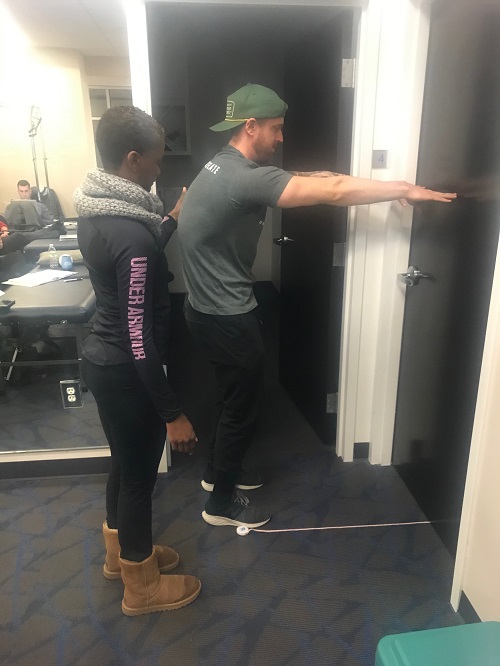
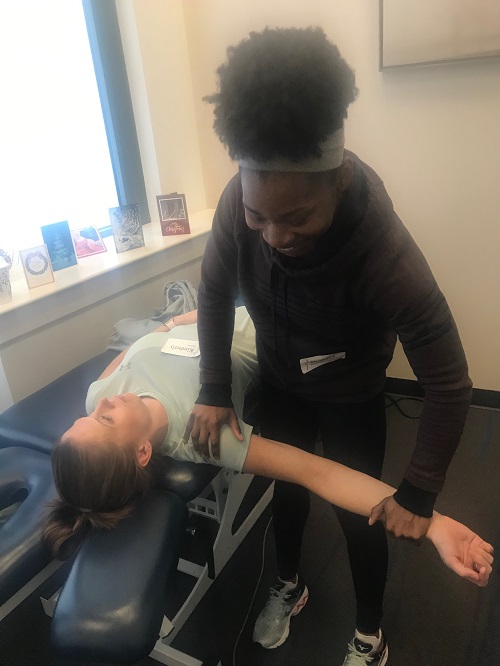
Ample time was spent in lab to experience PRI’s non-manual and manual techniques. Attendees learned concepts such as sensing rib expansion, biasing air flow patterns, sensing reference centers to re-direct the nervous system to new strategies of movement and perception of stability, and guiding a patient through a logical progression, from supine 90-90 positions to upright, rotational performance called gait.
Our labs were enhanced by our attendee-models: Grace Ball, Pilates trainer; Scott Birch, PT; Nicholas; Bethany Middleton, PTA; and Keith Zrinyi, DC. Thank you to all of you!
It was awesome to have Sarah Ratti, PT, PRC, in attendance, who brought her colleagues from Bon Secours in Richmond. Tom Van Ornum, PT, also introduced his colleagues from M.O.S.T. to the science of PRI. A huge thank you goes out to Karen Soiles, PT, PRC. Karen is highly experienced and knowledgeable in the science of PRI, and she provided helpful guidance, clarity, and context throughout the weekend.

